Petra, Jordan
Petra, Jordan
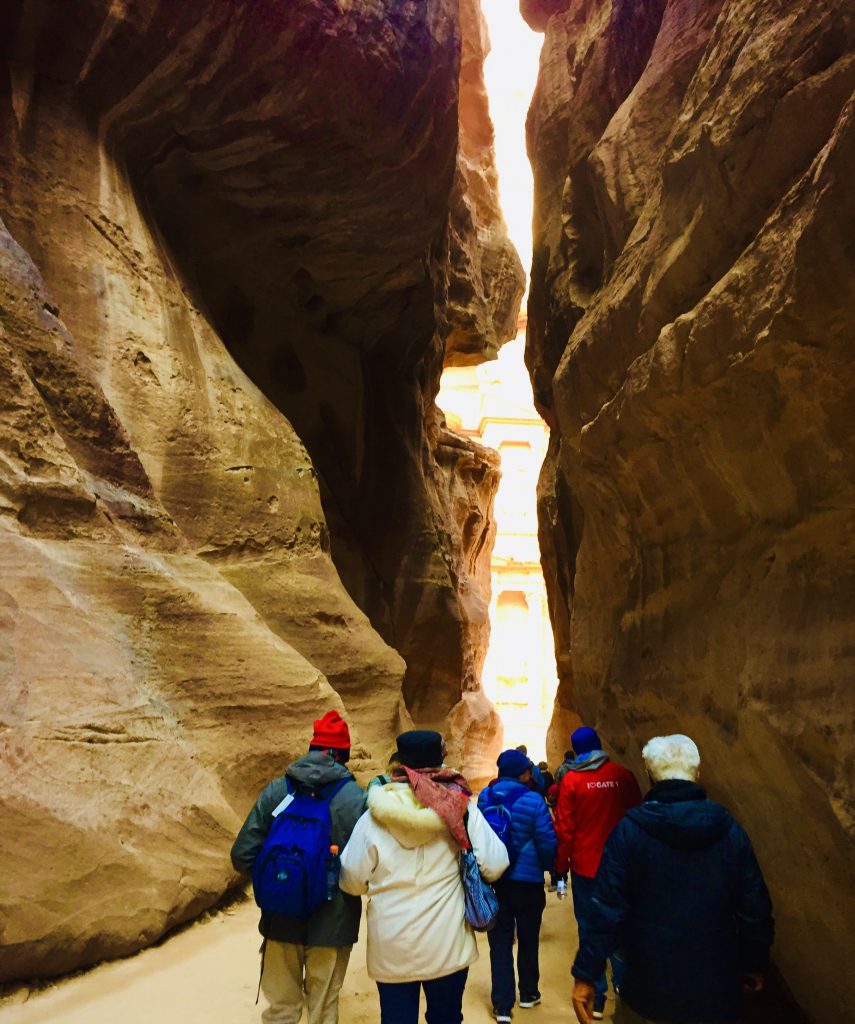
Here we are, on our way to amazing Petra, Jordan. After an overnight stay in the Dead Sea area, we left fairly early in the morning for Petra. This amazing city with rose-red sandstone cliffs was a Nabataean empire from the 1st century BC. It gets its name as a rose-red city from the wonderful color of the rock. It grew rich and powerful with its prolific business trading spices and silks with China, India, Rome, and Egypt and continued to flourish even after the Romans annexed it. But in 363 AD, a large earthquake destroyed the city, causing its ultimate downfall. It was abandoned and caused the disappearance, from the map, of one of the most enigmatic civilizations that have ever existed.
In 1812 it was rediscovered by a Swiss explorer, and ever since, the lost city of Petra has been the centerpiece of legends and fictional stories. And also, Petra became increasingly known as a fascinating and beautiful city and began to attract visitors. Nabataeans literally carved facades, tombs, temples, and much more out of giant sandstone cliffs. Movies like “Indiana Jones and Last Crusade” were filmed in Petra. Bringing this famous archaeological site in Jordan more attention and becoming one of the 7 New Wonders of the World. In 1985 it also became a UNESCO World Heritage Site.
When we got to Petra Visiting Center, we were told to visit the restrooms because it was a long way to the next one at the end of the walk, about 2 km long. While we did that, Omar, our guide, paid for the entrance and organized everything he needed to do for the group.

The huge entrance led to a narrow gorge called Siq (canyon). It is a rock canal that measures 3 to 12 meters in width and reaches 80 meters in height. In some places, it was as narrow as 4 meters.



Just past the gate, there were many donkeys, horses, and horse carriages for people to ride. The rides were inexpensive, but it was a way the local Bedouins made a living. Some people opted for the ride as it was a once-in-a-lifetime opportunity. Many others like us preferred to walk and enjoy the spectacular wonders of nature while considering the possibility of riding a donkey and a horse-drawn carriage on our way back. As we started walking, we realized the wisdom of our decision to walk instead of taking a ride. As the horse carts trotted by, those of us who chose to walk could stop and enjoy the impressive wonders of nature and amazing human feats and take photos.
Our guide’s strategy was to make several stops to talk in detail as we approached each site to give us a better sense of the immediate surroundings, its history, and an insight into the nomadic lifestyle of Nabataeans, ancient inhabitants of Petra. Along the way, we saw unfinished tombs. Omar, our guide, was amazing and pointed out so much we would have missed if we had gone straight through.
The picture below is of one of the major monuments. It has two stories. The top story houses the proper tombs with a façade of four obelisks representing five people buried in the tomb. But the bottom story, apparently, contains a traditional dining hall for Nabataean funerary rites.

From the site entrance, it’s almost a 2 km walk through the narrow canyon called Siq, which snakes its way through to Petra.
The Siq (canyon) was used by traders, explorers, and travelers from time immemorial. All along the walk, we saw innumerable and elaborate carvings in various shapes and sizes. There were many areas where the mountains were riddled with large holes that were entrances to their temples and houses. This intriguing phenomenon was just a prelude to what was to come in the form of a breathtaking tomb, the Treasury, or Khazneh, in the heart of Petra.

As we got close to the end, we could see a glimpse of a 45m-high temple (the Treasury). I took a picture of this unforgettable moment).

We continued our walk until an astonishing monument of craftsmanship was revealed. It was simply mind-blowing to imagine that the Nabataeans were able to carve the sandstone cliffs to create such impressive and awe-inspiring structures with just chisels and hammers.
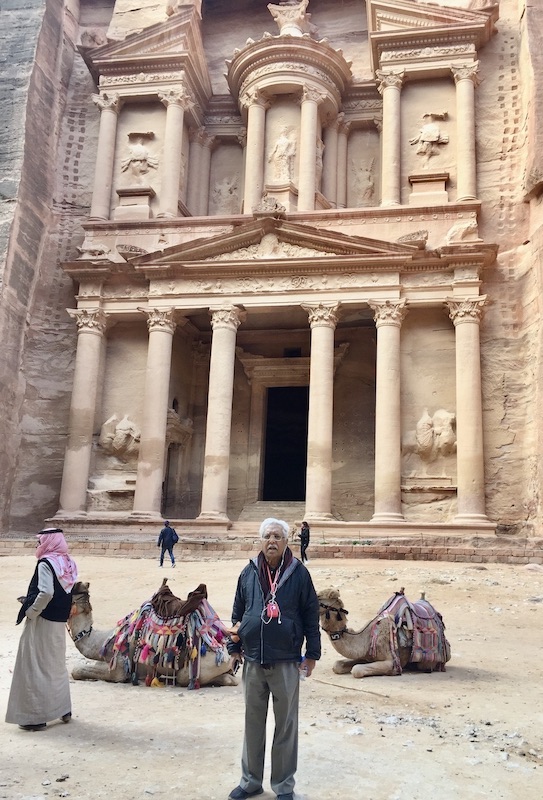
Treasury is Khazne in Arabic. The name obviously has its roots in the fact that it was once believed to have hidden treasure. It is crowned by a funerary urn, which according to local legend, conceals pharaoh’s treasure, but it is only a solid piece of sandstone. It was most likely constructed in 1stcentury BC and may have represented a memorial to royalty.
We came out of the Siq to find a lot of tourists milling around, Bedouins with their camels hoping to make money by offering rides to tourists, and some tourists taking rides and posing for pictures.

As we walked past the Treasury, we saw a huge amphitheater carved out of the hillside that could seat 10,000 people. Most of its features have been eroded due to the earthquake and flash floods in 363 AD.

The next stop for us was lunch followed by a plan to return to the hotel; those who wanted to go back to the hotel could do so with our tour bus, while those who wanted to spend the rest of the day exploring the area could do so. The transportation was to be arranged at a scheduled time for them to return to the hotel.
We did not want to stay on for the rest of the day and decided to go back with the first bus. There was a catch, that to get back to the Visitor Center for the bus, we had to either walk back or take a donkey ride only up to a certain point from where we had to take a horse-drawn carriage to the Visitor Center. We decided to ride rather than walk all the way back. The idea of both riding a donkey and a horse-drawn carriage was fascinating for me. It paid off because the donkey ride was a lot of fun.
And after being dropped off, we took a horse-drawn carriage, which was almost bone breaker bumpy. The coachman was racing down the Siq. Luckily we were going back. If we had done the same going up to Petra, we would have missed everything. I think he was in a hurry to get more business, and what was worse, he was merciless with the horse. But we came back in one piece without any mishap, plus, on the whole, the experience seemed well worth the risk.

The Petra experience was truly spectacular and astonishingly beautiful.
Our bus was waiting, ready waiting to take us back to the hotel.





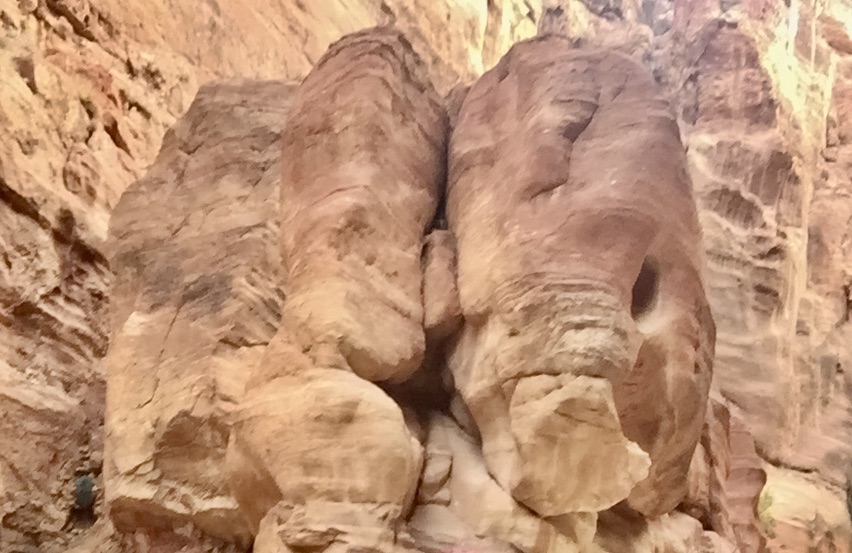


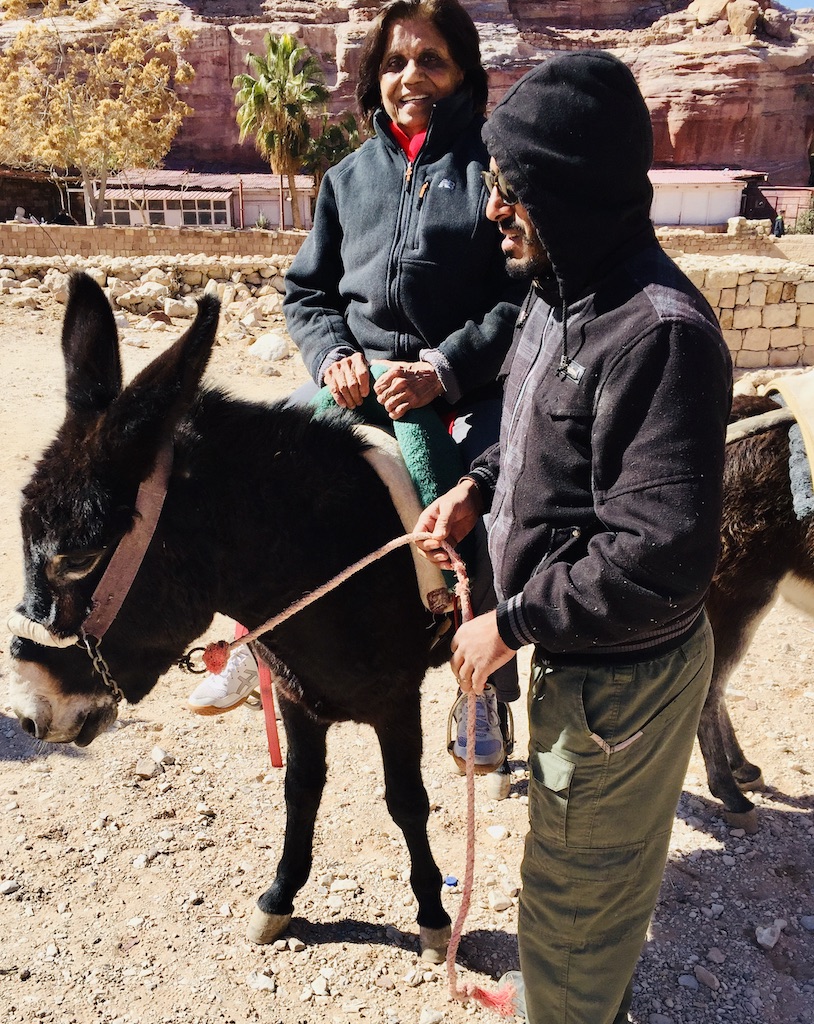


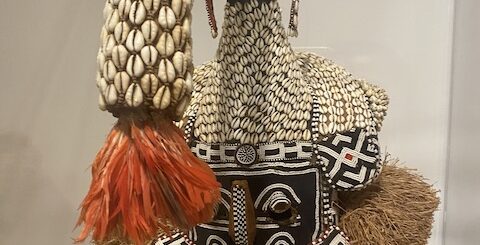
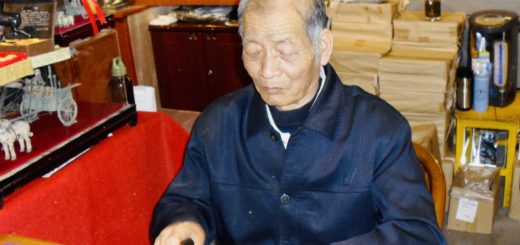
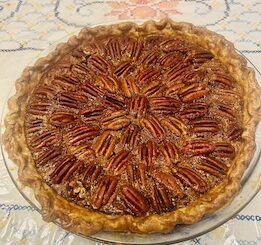

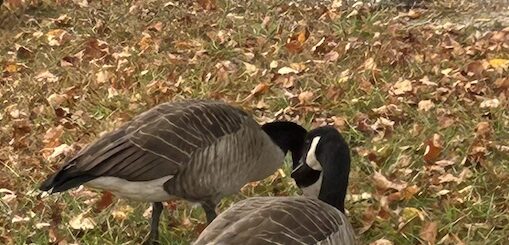
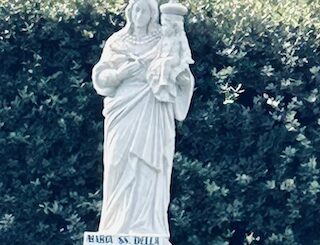
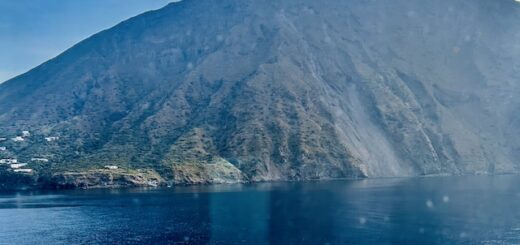
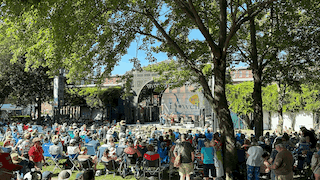
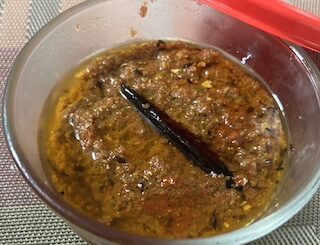

I absolutely loved your tour to Petra. It has been on my travel list for years. I felt as if I was there with you enjoying the amazing sights and the exciting donkey ride. Beautiful photos. Thanks for taking me along on your tour via your blog.
Hi xandra, Thank you, made me feel very encouraged. I enjoyed writing that as much as you enjoyed reading it. My next one is the one I can’t wait to get to is about Wadi Rum. It was an incredible experience.Come along.